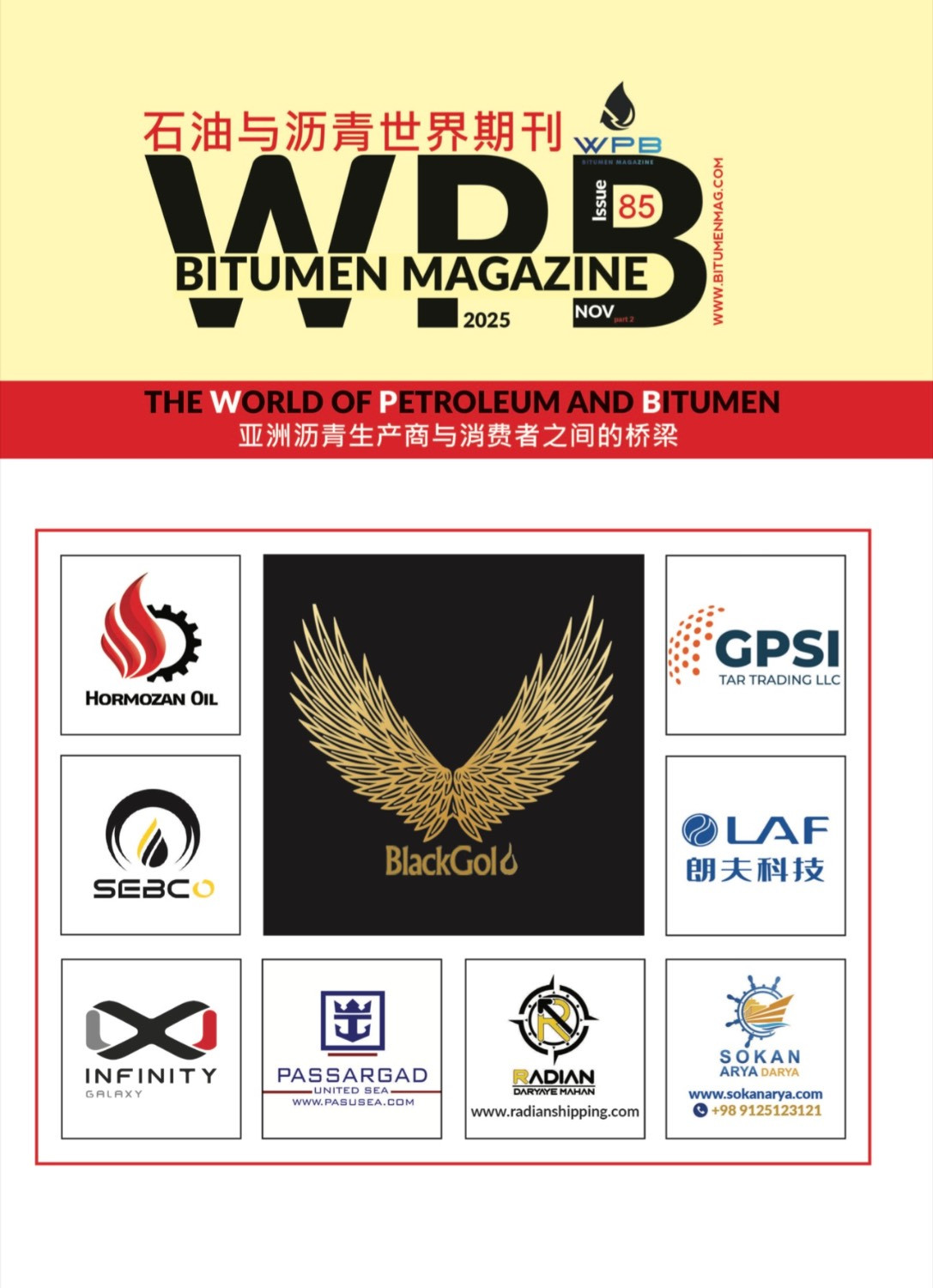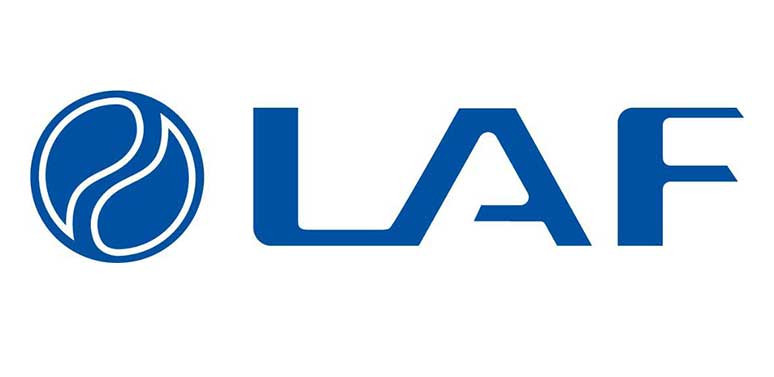According to WPB, in 2025, a newly proposed crude‑oil pipeline to carry bitumen to the northwest coast of British Columbia has sparked fierce opposition from the Coastal First Nations, injecting fresh uncertainty into Canada’s energy-export ambitions. At the heart of the dispute lies a long-standing oil tanker moratorium—enshrined in federal legislation since 2019—that the First Nations vigorously defend, and which the pipeline’s backers now suggest must be repealed or exempted. Marilyn Slett, President of the Coastal First Nations–Great Bear Initiative and elected Chief of the Heiltsuk Nation, has repeatedly stated that her communities will not support any project that brings tankers into their waters.
The pipeline proposal, championed by provincial leadership, aims to unlock economic opportunity and export capacity. The proponents argue that diversifying Canada’s bitumen export routes is critical, particularly to reach global markets beyond the United States. Reuters reported that there is already about 80% alignment between the province and the federal government on key project terms, including environmental safeguards. Yet, despite this apparent progress, First Nations communities view the proposal as a red line issue.
Slett has consistently reiterated that the moratorium on oil tankers, codified in Bill C‑48, is non-negotiable. Her organization emphasizes decades of community engagement and resistance—citing the failed Northern Gateway pipeline as a precedent—and warns that lifting or weakening the ban would be a profound betrayal of their rights and lands.
The conflict is not purely symbolic: it reflects deeper governance and jurisdictional tensions. While proponents have floated ideas of Indigenous equity participation in the pipeline, Slett and others question the sincerity of those overtures, suggesting that offering “shares” is not a substitute for real sovereignty or protection of cultural territories. For them, historic legal and moral claims outweigh the economic incentives promised by infrastructure development.
Political pressure is also mounting. According to The Canadian Press, leaders from the Union of British Columbia Indian Chiefs condemn the pipeline as a direct threat to First Nations’ constitutionally protected titles and rights. Meanwhile, environmental organizations are mobilizing, citing the ecological sensitivity of the northern B.C. coast, the potential for future oil spills, and the long-term consequences for wildlife, fisheries, and marine ecosystems.
Technically, proponents of the pipeline argue it would not only enable greater export capacity but also improve fiscal returns and energy security. They propose that certain legislation — specifically, those restricting tanker traffic — be re-examined or restructured to allow for controlled shipping routes. But critics insist that even a “carve‑out” from the moratorium could erode legal protections and set a dangerous precedent for future industrial incursions into Indigenous waters.
Strategically, the pipeline could shift Canada’s bitumen export dynamics: by reaching marine routes more directly, the plan aims to reduce reliance on traditional overland export corridors. If realized, this would allow Canadian heavy crude and bitumen to more competitively access international markets, particularly in Asia — an ambition underscored by multiple energy-sector insiders.
However, risk remains pervasive. First, there is no guarantee of a willing private-sector proponent: despite technical assistance offered by major infrastructure firms, critics argue that the economic case is still weak without a robust customer base or committed investors from outside Canada. Second, the social license issue looms large: sustained First Nations opposition could delay or even block the project. Slett has stated unequivocally that communities will “use every tool in our toolbox” to keep tankers out.
Additionally, the regulatory landscape is complex. Repealing or amending the oil tanker moratorium would not be trivial: Bill C‑48 is deeply symbolic for many, and its rollback could provoke national backlash and legal challenges. There are also environmental and economic risks associated with constructing a long-distance pipeline to a rugged, remote coastal area — costs that may escalate dramatically in the face of logistical, engineering, and political headwinds.
From a governance perspective, the proposal is also testing Canada's approach to reconciliation. First Nations leaders have repeatedly called for genuine partnership and transparency — not token stakeholder roles. The debate thus sits at the intersection of economic development, environmental protection, and Indigenous self-determination: how Canada balances these goals may set precedents for future resource infrastructure projects.
In sum, the proposed bitumen pipeline is not just an engineering or fiscal project — it’s now a flashpoint in Canada’s political and moral economy. The province’s ambition to increase export capacity faces an unyielding counterforce in coastal Indigenous communities committed to preserving their waters. Whether this pipeline becomes a reality will depend not only on regulatory reform and engineering feasibility but also on reconciliation, consent, and trust — factors that may prove more consequential than any proposed barrel‑per‑day capacity.
By WPB
Bitumen, News, Bitumen Export Pipeline, Export



















